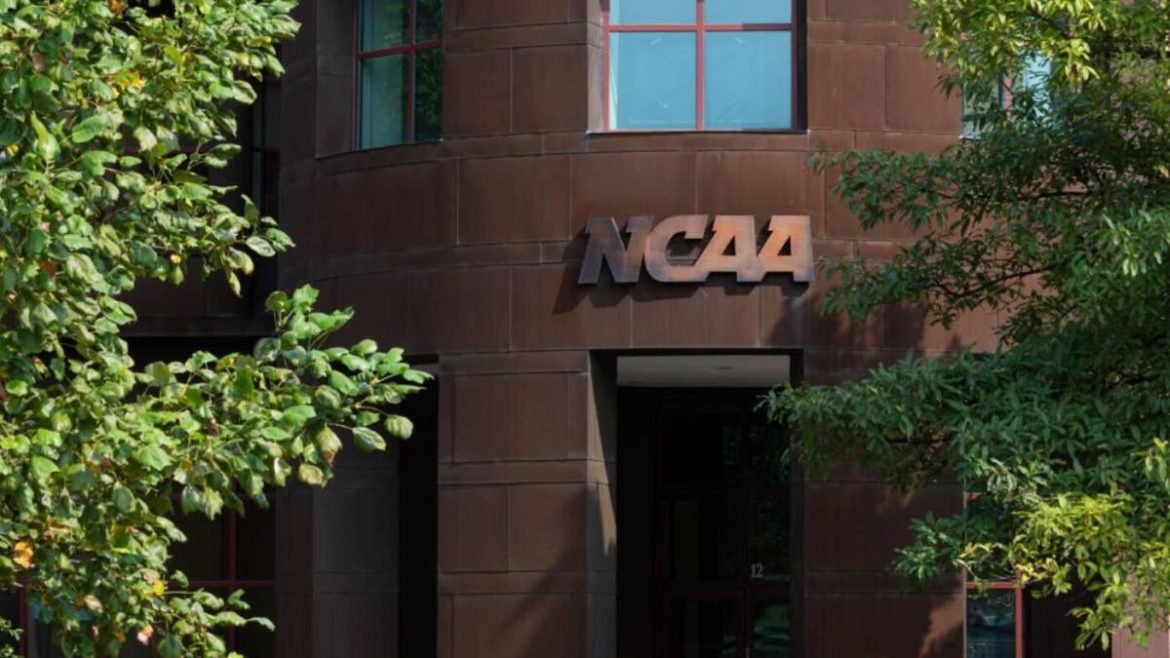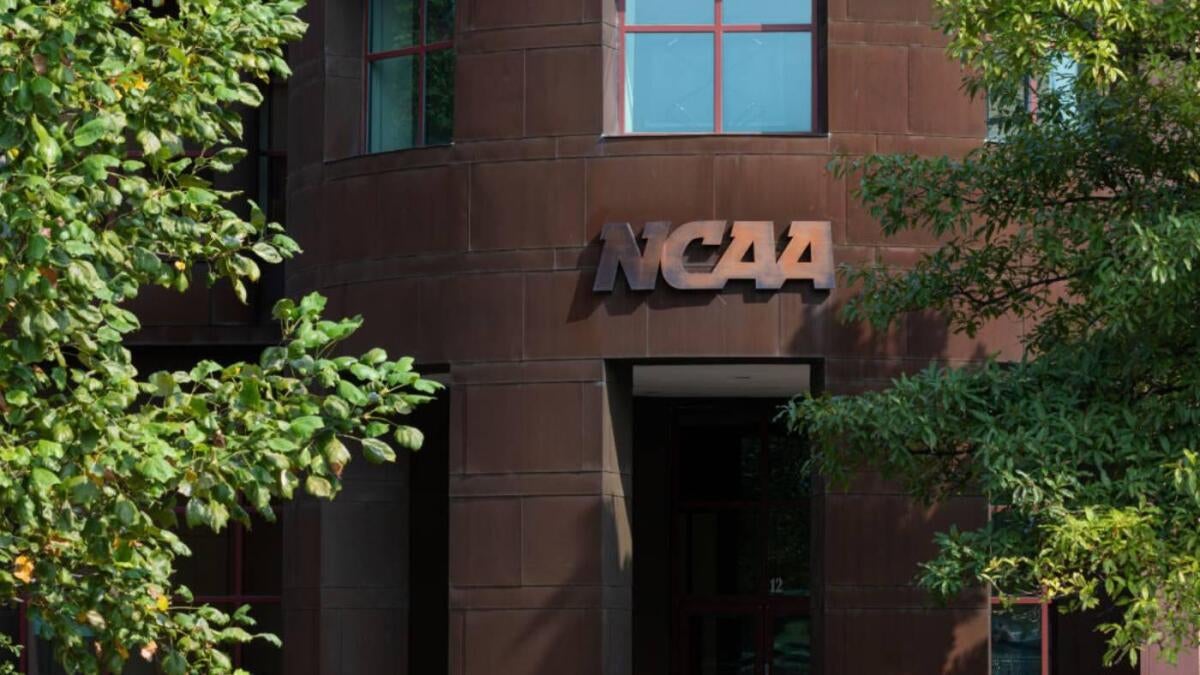Navigating the $2.8 Billion House v. NCAA Settlement: Complexities and Continued Uncertainty
The proposed $2.8 billion settlement in the House v. NCAA lawsuit represents a landmark moment in college sports, aspiring to address longstanding disputes surrounding athlete compensation, amateurism, and antitrust concerns. Yet, despite the monumental sum and significance, the settlement remains precariously unresolved, tangled in judicial scrutiny and procedural dilemmas that continue to delay its final approval.
The Crux of the Settlement: Backpay and Roster Limits
Central to the proposed settlement is the provision that the NCAA will pay $2.8 billion in past damages to a class of college athletes who challenged the organization’s compensation policies. This figure emerged from intense negotiations between athlete-plaintiffs and NCAA representatives, marking one of the largest monetary payouts in college sports legal history. The settlement aims not only to provide financial redress but also to reform aspects of NCAA governance related to athlete compensation and roster management.
However, while the financial figure commands attention, a critical sticking point has become the newly proposed roster limits within the settlement’s terms. These limits, intended to regulate team sizes and ostensibly preserve competitive balance, have faced sharp judicial scrutiny. A California federal judge recently made clear that approval of the settlement hinges on modifications to these roster limits, effectively placing the entire deal on hold. The judge’s concerns center on whether the proposed restrictions align with antitrust principles and fair competition rules, underscoring the delicate balance between reform and regulatory compliance.
Judicial Oversight and Delays: Implications of the Extended Timeline
Judge Claudia Wilken’s involvement has been pivotal, introducing both cautious optimism and procedural setbacks. While the judge’s detailed review signals serious consideration of the settlement’s merits, it simultaneously extends the timeline, with deadlines pushed back to accommodate necessary adjustments. Currently, responses to the judge’s requests, including proposals to revise the roster limits, must be submitted by June 3, 2025. This extension reflects the hurdles in crafting a settlement that adequately satisfies all stakeholders — the NCAA, athletes, and regulatory bodies — without compromising legal standards.
The delays also illustrate the complexity of resolving antitrust claims against a powerful institution like the NCAA. The judge’s insistence on amendments suggests that the initial settlement plan may have underestimated the legal intricacies involved in balancing athlete compensation reform against NCAA’s traditional regulatory frameworks.
Key Objections and Their Underpinnings
A 69-page analysis of objections to the settlement reveals nuanced critiques from various parties. Objections focus on both the adequacy of the financial compensation and the broader implications of the settlement’s structural changes. Some argue that the $2.8 billion fund, while substantial, may not fully compensate all affected athletes or address systemic issues of amateurism and revenue sharing in college sports. Others challenge the proposed roster limits, contending that they could unintentionally curtail athlete opportunities or disrupt team dynamics.
The debate also encompasses Title IX concerns, which question whether the settlement adequately addresses gender equity within college sports. Ensuring that reforms do not disadvantage women’s programs remains a vital component in evaluating the fairness and holistic impact of the settlement.
The Historical Context: Amateurism and Antitrust in College Sports
The House v. NCAA case reflects broader tensions in NCAA’s governance model, particularly its staunch amateurism rules that historically barred athletes from receiving revenue beyond scholarships. Critics have long accused the NCAA of anticompetitive practices that suppress athlete compensation under the guise of preserving amateurism. This lawsuit and the resulting settlement fund emerge from these disputes, attempting to reconcile the amateurism ethos with the reality of multi-billion-dollar college sports industries.
Legal scholarship ties this case to the “rule of reason” doctrine in antitrust law, which examines whether NCAA’s rules unreasonably restrain trade or athlete compensation. The settlement’s carefully negotiated $2.8 billion backpay fund signals acknowledgment of the NCAA’s antitrust vulnerabilities, yet the ongoing judicial hesitations highlight the difficulty of crafting enduring solutions.
Moving Forward: The Road to Approval and Reform
Attorneys involved in the settlement have proposed a “massive do-over” regarding the contentious roster limits, signaling willingness to adapt the settlement terms in light of judicial feedback. This flexible approach may pave the way for final approval, but it requires striking a delicate balance that maintains competitive fairness and satisfies antitrust scrutiny while providing meaningful reform.
The resolution of this settlement will likely serve as a blueprint for future governance and compensation models in college sports. It may influence how leagues, universities, and athlete unions negotiate rights and benefits moving forward.
—
Conclusion: A Settlement in Flux but a Turning Point in Sight
The $2.8 billion settlement between the NCAA and college athletes stands as a watershed moment in sports law and athlete rights. Yet, its current status—caught in judicial review due to roster limit controversies—reveals the painstaking complexity of reforming entrenched systems. Judge Wilken’s cautious but open stance offers hope that the deal can be reshaped to satisfy all legal and competitive concerns, but only with substantial amendments and continued negotiation.
Ultimately, this settlement is more than a monetary payout; it is emblematic of evolving attitudes toward athlete empowerment, antitrust regulation, and the future of collegiate sports. The coming months, as revisions are made and deadlines approached, will determine whether this ambitious settlement will fulfill its promise or remain an unrealized opportunity in the ongoing saga of college athlete rights.





